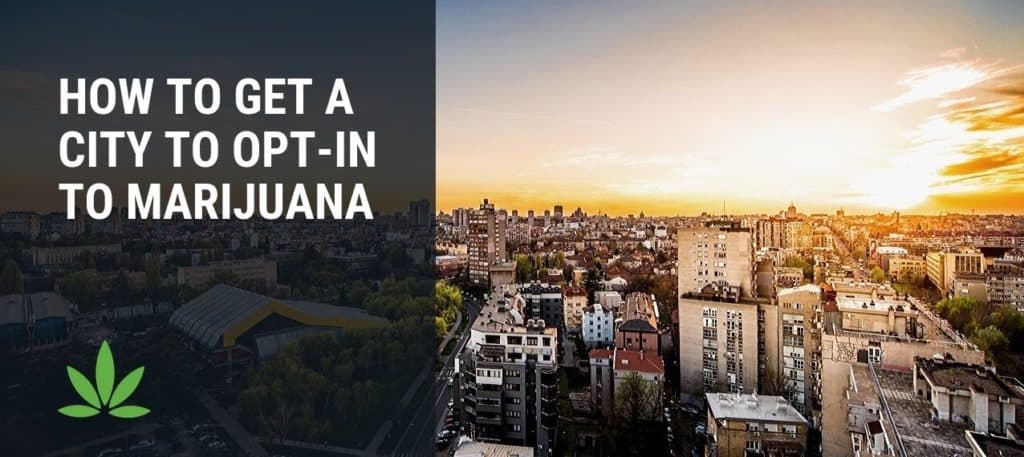
By Jordan Isenstadt
Editor’s Note: This opinion piece is reprinted with the consent of the author. It originally appeared in the NY Daily News on Nov. 17.
Ever since Gov. Hochul ascended to the top job in August, there has been much-needed momentum toward establishing New York’s recreational cannabis marketplace. Despite the enthusiasm for the nascent sector — a sector that’s earned the support of nearly two-thirds of New Yorkers — there are local debates raging all over the state, as localities consider opting out of cannabis retail and on-site consumption.
With the deadline to decide — Dec. 31 — fast approaching and the future of this once-in-a-generation opportunity to create a new productive and equitable market sector still uncertain in towns, villages and hamlets across the state, it’s critical we face the facts and dispel the disinformation and myths that riddle the cannabis dispensary debate. (And here’s a disclosure up front: I profit from the expansion of the cannabis business in our state.)
Legal cannabis does not make it likelier minors will smoke
It’s said that cannabis legalization leads to increased access to teens and minors, but that couldn’t be further from the truth. The ultimate goal of cannabis legalization is to put the illicit market, which is more accessible to minors, out of business.
Legalization makes cannabis harder to obtain. Anyone who has visited a legal cannabis dispensary, whether medical or recreational, will tell you that no one under the age of 21 is allowed to enter.
According to a study by JAMA Pediatrics, legalized recreational cannabis was associated with an 8% decline in teens reporting trying cannabis in the previous 30 days and a 9% decrease in teens reporting frequent use. Data from the CDC’s Youth Risk Behavior Surveillance System similarly indicated that legalization had no impact on marijuana use among young people.
Cannabis is not a gateway drug
Popularized in the 1980s, the “gateway drug” theory, which both former Gov. Andrew Cuomo and President Biden have recently repeated, posits that cannabis consumers will inevitably go on to abuse harder drugs. While many people who suffer from substance abuse have used cannabis, there is no evidence that pot smoking was the cause. In a recent study in the Journal of Experimental Criminology, researchers noted that cannabis use is “not a reliable gateway cause of illicit drug use” and further concluded that prohibition does not reduce illicit drug consumption.
Even the U.S. National Institute on Drug Abuse does not support the gateway theory. According to their 2020 factsheet, “the majority of people who use marijuana do not go on to use other ‘harder’ substances.” There are even provisional signs that legal cannabis is linked to lower opioid mortalities, directly contradicting prohibitionists’ dire warnings.
Cannabis does not lead to an increase in crime
It is commonly believed that legal cannabis leads to an increase in crime. However, a 2017 study, published in the Journal of Urban Economics, found that dispensary closures caused nearly a 12% increase in crime in surrounding areas, leading researchers to conclude that dispensaries make neighborhoods safer. Additional studies, including one from 2019 published in Regional Science and Urban Economics, have indicated that crime rates drop significantly when states transition from cannabis prohibition to adult-use legalization.
Among many reasons areas become safer when a cannabis dispensary moves in is that dispensaries are safe and secure neighbors. Regulations vary, but nearly every state requires cannabis retail locations to maintain ample security protocols to protect customers and products, creating highly safe locations.
In addition, cannabis retail can actually increase property value. A 2018 Cato research brief verified that homes within a short distance of a cannabis dispensary experienced a large increase in value. Another study, which collected data from Zillow and U.S. Census population estimates, showed that “cities that allow retail dispensaries saw home values increase $22,888 more than cities where marijuana is illegal from 2014 to 2019.”
Legal cannabis does not cause more traffic accidents
Many residents of suburban communities located along highway networks express concerns that cannabis legalization will result in more traffic accidents. While there’s certainly a need for more research over a longer period of time, the early data from states that have legal cannabis shows no evidence that cannabis alone increases traffic accidents, and may actually reduce risk.
Earlier this year, two economists from the University of Colorado at Denver and Montana State University performed a comprehensive review of public health consequences of cannabis legalization, encompassing dozens of published studies. On traffic safety, they found that “road safety improves when medical marijuana is legalized,” noting cannabis as a beneficial substitute for alcohol and opioids (both statistically lead to impaired driving).
As the wave of legalization continues, the misunderstandings about cannabis in our communities will slowly fade away. While it may take years, possibly decades, before these stigmas are eradicated, the fact is that cannabis is here now, and the best option for municipalities around New York and the nation is to properly regulate the sale and consumption of legal cannabis, just like we do for alcohol.
Isenstadt is a senior vice president at Marino, a New York City-based public relations agency, where he leads a team focused on a burgeoning portfolio of cannabis-focused brands. He serves as a member of the Town of North Hempstead Cannabis Task Force.





